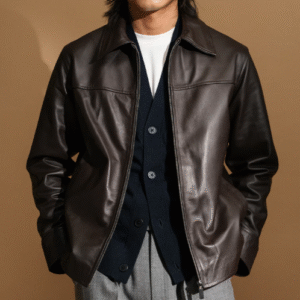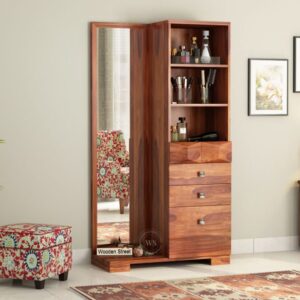Whether you are an experienced marathoner or someone starting a new fitness journey, running shoes can make or break your progress. The right pair not only offers comfort but also helps prevent injuries, improves performance, and makes every run enjoyable for optimal performance and long-term foot health, offering crucial support, cushioning, and stability that adjust to your particular stride, terrain, and running style.
With countless options available in the market, selecting the right shoes can feel overwhelming. But once you understand the basics of how running shoes work, choosing the perfect fit becomes easy, guaranteeing increased comfort, lowering stress, improving performance, and giving the self-assurance to approach each run with vigor, steadiness, and durable support.
Why Are Running Shoes So Important?
Running involves repetitive motion, high-impact landings, and a constant push off the ground. Ordinary sneakers or casual shoes do not provide the right kind of support your feet need for this kind of movement. Running shoes are specifically designed to absorb shock, offer stability, and guide your foot through each step, lowering fatigue, avoiding overuse injuries, increasing running effectiveness, and guaranteeing a more comfortable, seamless experience regardless of the terrain, speed, or distance you decide to cover.
These shoes typically feature advanced cushioning materials, arch support, breathable uppers, and durable outsoles. This thoughtful design ensures that your feet are protected even during intense workouts or long-distance runs, , minimizing discomfort, enhancing stability, reducing injury risk, and promoting optimal performance so you can focus on achieving your goals without distractions or unnecessary strain on your body.
Key Features to Look For in Running Shoes
Not all running shoes are the same. Different models cater to different running styles, foot shapes, and terrains. Here are some essential features to consider:
1. Cushioning
Look for shoes with adequate padding, especially around the heel and forefoot. Cushioning helps reduce the impact on your joints and improves overall comfort.
2. Arch Support
Foot arches vary from person to person—some have high arches, others have flat feet. The right arch support in your running shoes prevents overpronation or supination, reducing the risk of injuries.
3. Breathability
Good sports shoes must allow proper airflow. Breathable mesh uppers help keep your feet dry and cool, reducing discomfort and the chances of blisters.
4. Fit
Always prioritise fit over style. Your toes should have enough room to move, and your heel should not slip. A snug midfoot and wide toe box generally offer better comfort for most runners.
5. Outsole Grip
The outsole should match the terrain you run on. Trail runners need rugged soles, while road runners should look for smoother, shock-absorbing ones.
How to Choose the Right Pair
Finding your ideal pair of running shoes involves more than just picking the right size. Consider the following:
- Know Your Gait: Visit a running store for a gait analysis. It will help you understand how your feet move and what kind of shoe you need.
- Try Before You Buy: Always test the shoes while walking or jogging. Your running shoes should feel comfortable right out of the box.
- Don’t Chase Trends: A shoe popular with elite runners may not be right for your body or style. Stick to what feels good.
- Replace When Needed: Most shoes last 300–500 miles. Worn-out shoes lose support and can lead to injuries.
Sports Shoes vs. Running Shoes: What’s the Difference?
While all running shoes are sports shoes, not all sports shoes are made for running. Sports shoes is a broader term that includes shoes made for activities like tennis, basketball, gym workouts, and more.
Running shoes focus more on forward motion, shock absorption, and lightweight materials. Other sports shoes may offer more lateral support, stiffer soles, or traction depending on their sport-specific needs. So, if running is your primary activity, always opt for purpose-built running shoes for the best experience.
Popular Running Shoe Brands and Trends
Some of the world’s top brands have developed advanced technologies to improve running comfort and performance. Brands like Asian Footwears, Nike, Adidas, Brooks, ASICS, and New Balance continue to innovate with features such as:
- Carbon-fiber plates for speed
- Energy-return foams
- Sustainable materials for eco-conscious runners
- Customizable fit technology
It’s also worth noting that the minimalist trend—where shoes mimic barefoot running—has made a comeback among some experienced runners. However, beginners should approach this trend cautiously, as it requires a strong running form and gradual adaptation.
Final Thoughts
Investing in the right pair of running shoes is a step toward a healthier, more comfortable running experience. They support your stride, protect your joints, and help you achieve your fitness goals with ease. While all sports shoes serve a purpose, nothing beats the support and design of a shoe made specifically for running.
So lace up, hit the trail or pavement, and enjoy every stride with confidence—because your journey deserves the best foundation.



